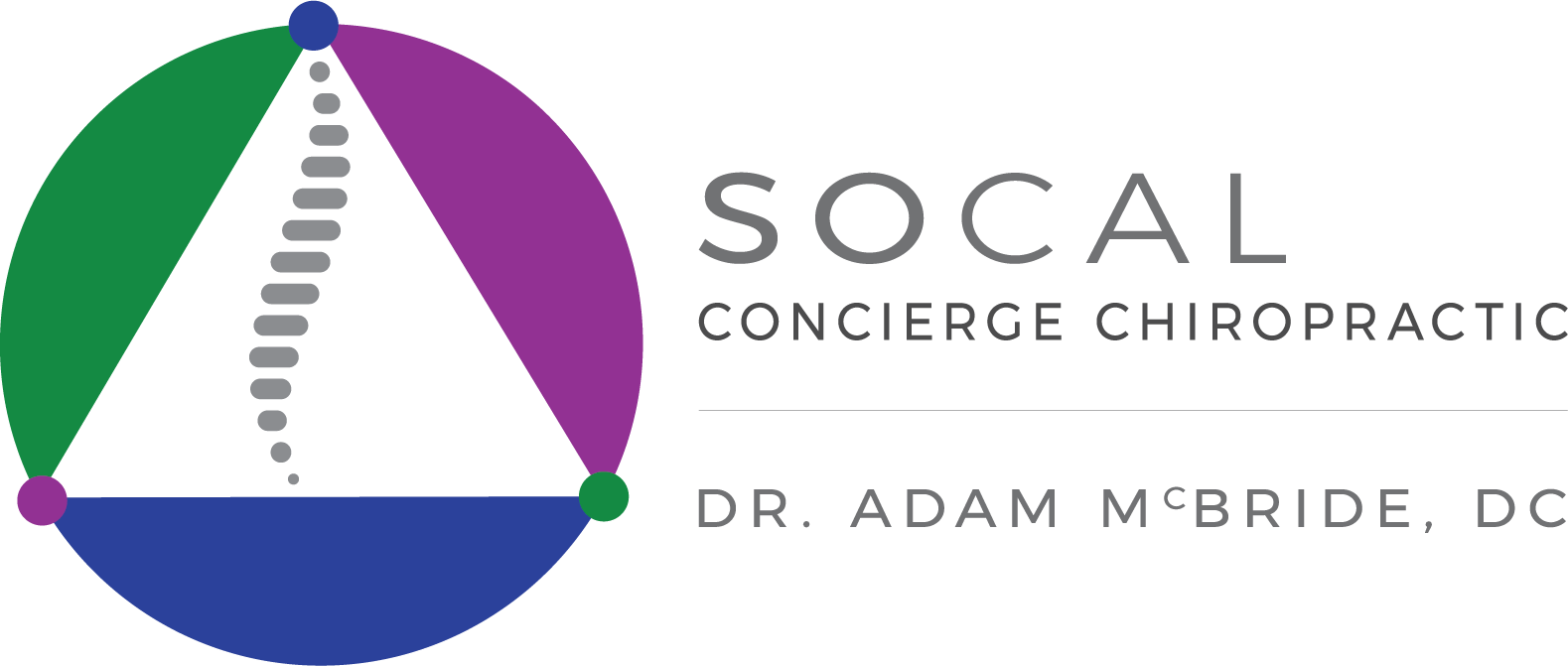The Core
As a chiropractor, I deal with people's lower back pain on a daily basis. It's unfortunate that a lot of jobs that people serve on a daily basis also have to be jobs that require themselves to sit all day. It's been mentioned in a lot of media recently about how sitting has become "the new smoking" because of it's risks to our health. Global studies show, on average, we sit 7.7 hours a day, and some results estimate people sit up to 15 hours a day. (1) Mind you, it's not just our daily duties at work that contribute to this amount of sitting, but we also are tired at the end of the day from working, and we will most likely come home and watch television, sit down for dinner, or read, and this contributes to more cumulative sitting throughout our day. All of this pressure from sitting then translates to the pressure of your body weight on the discs in your spine. Over time, this pressure builds up and will contribute to a number of pelvic, lumbar, and sacroiliac dysfunction and pain in the individual.
A big part of why many people are dealing with lower back pain definitely correlates with the fact that we are very sedentary as a culture. As we age, our amount of daily movement also decreases. My theory on the reason many of us think we were in our best shape during high school or college is because, not only did we have youth on our side, but that we were much more active in our daily lives back then. Walking between classes, gym class, after school sports or clubs all contributed to the amount of activity and energy we put out.
Between our sitting habits and our lack of regular physical activity, our "core" becomes weak. The "core" refers to several muscles:
- Rectus abdominis
- External obliques
- Internal Obliques
- Transverse abdominis
- Spinal erectors
- Hip Flexors
These muscles all function collectively to stabilize the middle portion of the human body against 3 motions (2):
- Anti-extension
- Anti-rotation
- Anti-lateral flexion
Much of the day while we sit, these muscles become weakened due to a lack of activity. Standing activates these core muscles to stabilize the body in order to have a properly functioning gait pattern. When back pain occurs in an individual, the core most times has an involvement with an issue in one of these three functions of resisting motion.
To give you an idea of how to help your back pain or discomfort, let's go through each motion and give you tips on how to strengthen key areas to alleviate back pain over time, and make sure it does not come back.
Anti-Extension:
Extension simply in this case refers to the aspect of "leaning back". If you have pain in your lower back from performing this motion, you may have very tight spinal erector muscles and weak rectus abdominis muscles. A good place to start from is by performing the exercise known as a "Plank". This is a great "bracing" exercise, and is paramount to start with in any beginner's workout routine. Even starting from the knees, and then advancing to 1 knee before going up on your toes will benefit your core strength. I typically do not suggest performing "sit ups" since it is more of a "spinal flexion" maneuver in contrast to a stability maneuver in performing a plank. Even the Army is getting rid of sit-ups in their PT tests. (3)
Anti-Rotation:
In Rocky III, there is a great montage scene of Clubber Lang (AKA Mr. T) doing sit-ups on a Roman Chair bench, and he's grinding harder than Rocky because he's hungry for the title. And at one point, you just see him doing sit-ups and then he starts twisting from side to side. It's cringe worthy to say the least, and as a personal trainer for 8 years and chiropractor for almost 2 years, I will attest to say "Don't do that!" A better suggestion for anyone who's not trying to defeat the Italian Stallion is a "Pallof Press". This motion focuses on the bracing aspect of the core while not allowing the body to rotate.
Anti-Lateral Flexion:
This is often one of the core motions that I see many people forget, and I myself am guilty of neglecting these parts as well. The love handles in the winter time remind me everyday. Side planks are a great starting point to challenge yourself to strengthen these areas. Again, even if you start from your knees and work your way up to the feet, it's about gradually making progression to your own stability. If you have been diagnosed with scoliosis, this may be a good exercise to begin with to affect tonal change of your muscles in order to help with the curvature. (4)
I am very happy to announce that I will be starting up a YouTube channel, and on this channel I will also go into detail regarding these exercises mentioned previously. I will also link up many of the videos with these postings for a greater access to educate and understand concepts and ideas I wish to share with the world. Please spread the word, and as always let me know if you have any topics that you would like me to write about or make a video about. Thank you as always for your support in reading my posts.
To Yours in Health,
Adam McBride, DC
- http://www.juststand.org/tabid/816/default.aspx
- http://www.stack.com/a/best-core-exercises
- http://www.military.com/military-fitness/army-fitness-requirements/armys-big-pt-test-changes
- http://spiralspine.com/side-plank-theory-scoliosis/
